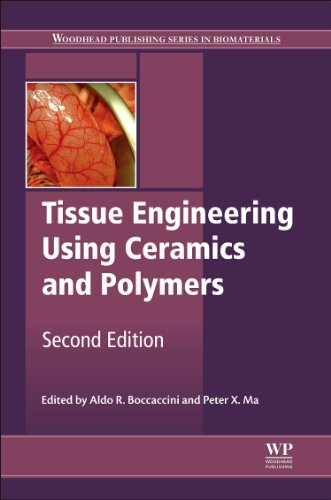

Most ebook files are in PDF format, so you can easily read them using various software such as Foxit Reader or directly on the Google Chrome browser.
Some ebook files are released by publishers in other formats such as .awz, .mobi, .epub, .fb2, etc. You may need to install specific software to read these formats on mobile/PC, such as Calibre.
Please read the tutorial at this link: https://ebookbell.com/faq
We offer FREE conversion to the popular formats you request; however, this may take some time. Therefore, right after payment, please email us, and we will try to provide the service as quickly as possible.
For some exceptional file formats or broken links (if any), please refrain from opening any disputes. Instead, email us first, and we will try to assist within a maximum of 6 hours.
EbookBell Team

4.4
32 reviewsThe second edition of Tissue Engineering Using Ceramics and Polymers comprehensively reviews the latest advances in this area rapidly evolving area of biomaterials science.
Part one considers the biomaterials used for tissue engineering. It introduces the properties and processing of bioactive ceramics and glasses, as well as polymeric biomaterials, particularly biodegradable polymer phase nanocomposites. Part two reviews the advances in techniques for processing, characterization, and modeling of materials. The topics covered range from nanoscale design in biomineralization strategies for bone tissue engineering to microscopy techniques for characterizing cells to materials for perfusion bioreactors. Further, carrier systems and biosensors in biomedical applications are considered. Finally, part three looks at the specific types of tissue and organ regeneration, with chapters concerning kidney, bladder, peripheral nerve, small intestine, skeletal muscle, cartilage, liver, and myocardial tissue engineering. Important developments in collagen-based tubular constructs, bioceramic nanoparticles, and multifunctional scaffolds for tissue engineering and drug delivery are also explained.
Tissue Engineering Using Ceramics and Polymers is a valuable reference tool for both academic researchers and scientists involved in biomaterials or tissue engineering, including the areas of bone and soft-tissue reconstruction and repair, and organ regeneration.